Phone: (714) 695-1566
Fax: (714) 695-1553
Email: info@salinaspt.com
23655 Via Del Rio, Suite C
Yorba Linda, CA 92887
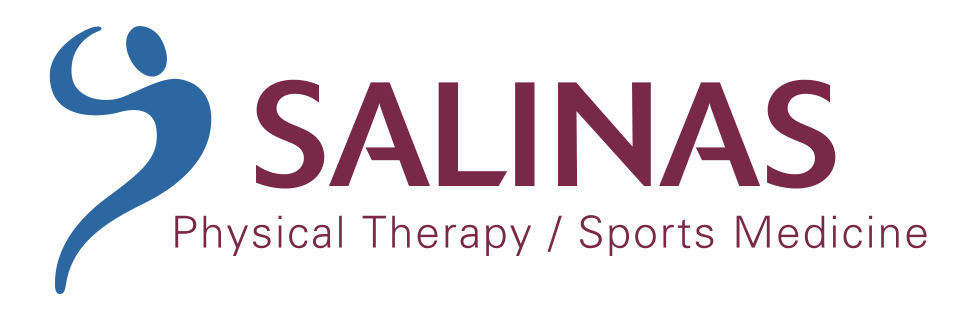
Phone: (714) 695-1566
Fax: (714) 695-1553
Email: info@salinaspt.com
23655 Via Del Rio, Suite C
Yorba Linda, CA 92887


Are endless sit-ups getting you nowhere fast? As physical therapists, we specialize in the way your body moves, and it’s our goal is to help you move better. In this article we’ll cover one of the most important aspects of your physical health, core strength.
When most people think of a “strong core”, they imagine six-pack abs. While the visual appeal might be the end goal, we’re sharing the benefits that extend beyond the surface. The primary benefit of having a strong core is balance and stability, but you can also expect to improve functional movement, athletic performance, improved spinal health and reduce your risk for injury.
The core muscles act as stabilizers for your spine and most vital organs playing a key role in daily tasks. Core muscles allow you to bend, twist, flex, extend, step, jump, sit up and stand. The stronger your core is, the better you can perform these activities. From unloading groceries to picking up a grandchild, your core muscles provide the ability to transfer force to your extremities while maintaining neutral spinal posture.
When the core muscles are weak the negative effects begin to pile up. Poor posture, back pain, impaired balance and stability are the hallmarks of a weak core strength. Although there may be several factors contributing to a physical condition, core strength is usually the first to be addressed as it provides a foundation to the rest of your body.
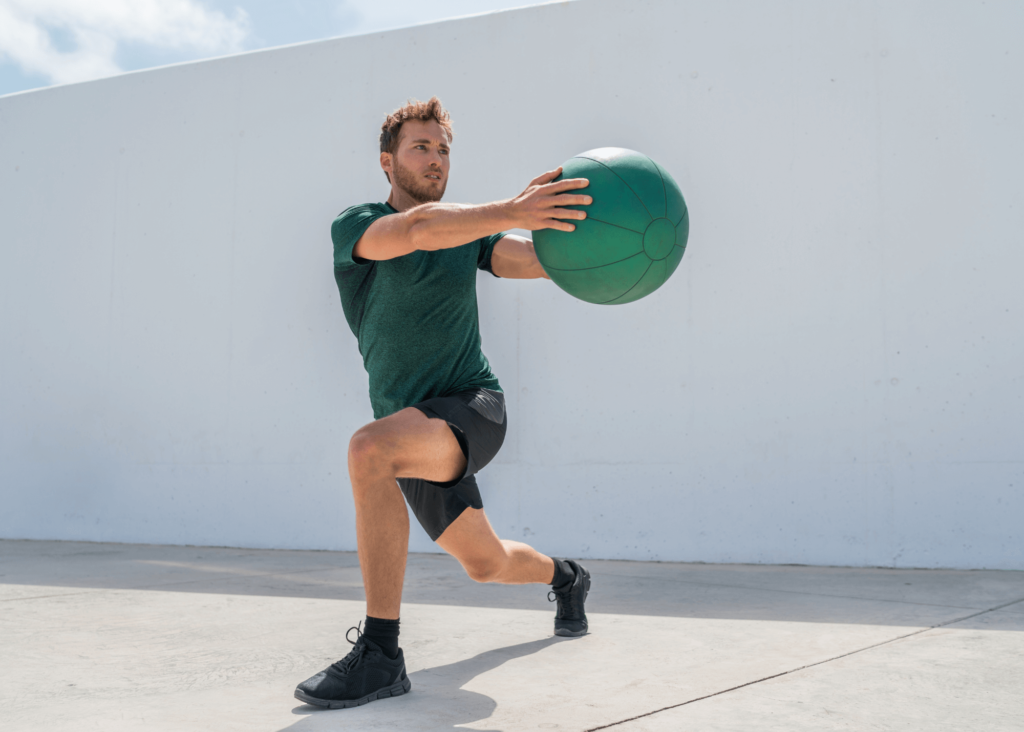
With core strength being a vital component to everyday life, it’s important to understand which strategies can help improve it. Here are three effective exercise methods to consider:
1. SQUAT: Stand with your feet shoulder width apart and toes pointed forward to slightly turned out. Bracing your core muscles, bend at the hips and knees lowering your buttock towards floor while keeping your back straight. Allow your arms to raise up forward as you lower down and then return to arms to side as you straight back up. Your buttock should lower behind your feet as if you are going to sit on a chair. Emphasize your weight through your heels. Your core should be engaged during the entire movement pattern.
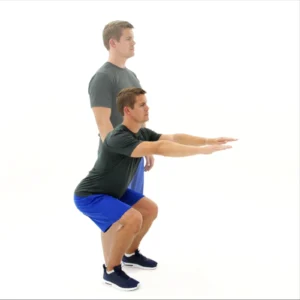
2. LUNGE: Start by standing with feet shoulder width apart. Bracing your core muscles, take a large step forward and allow your front knee to bend. Allow your back knee to bend as well until it touches the floor or comes close to touching. Then, push off your forward leg and return to original position. Engaging your core through this process provides stability as your lower and raise with each lunge. Perform 3 sets of 10-15 repetitions.
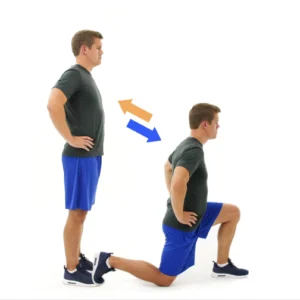
1. PLANK: While lying face down, lift your body up on your elbows and toes. Try and maintain a straight spine. Do not allow your hips or pelvis on either side to drop. Maintain a neutral position the entire time.
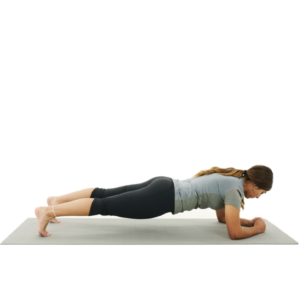
2. BRIDGE: While lying on your back with knees bent, tighten your lower abdominal muscles, squeeze your buttocks and then raise your buttocks off the floor to create a “Bridge” with your body. Hold and then lower yourself and repeat.
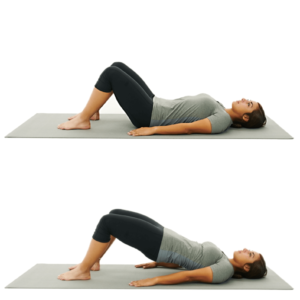
1. PALLOF PRESS: Hold an elastic band, cord or pulley against your chest with it attached to the side. While bracing your core, slowly extend your arms forward and then back. Do not allow your body to rotate the entire time.
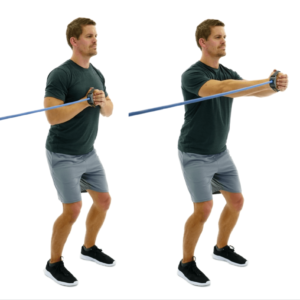
2. FARMERS CARRY: Squat down and grab a dumbbell or weighted object in each hand. Bracing your core maintain an upright posture, and then walk 20 ft, turn around, and walk back the starting location. Aim for good spinal posture without leaning or swaying as you walk.
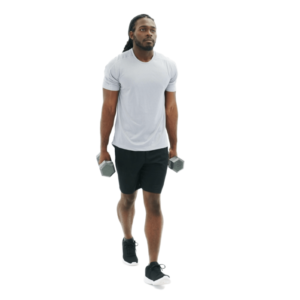
[4] Images Sourced From HEP2Go
Core strength provides a foundation for living a healthy and active lifestyle. When your core is strong, it allows for better posture, balance and stability, with efficient movement and force transfer through your extremities. When your core is weak and you begin running the gauntlet of nagging pain and potential injury.
We know that not all people with present the same injuries or conditions. You may be dealing with previous trauma or a chronic condition that effects the ability to strengthen your core. If you our someone you know could use education on the strategies for improving, we’re here to help.
In Good Health,
– The Salinas Team
References:
[1] Sharrock C, Cropper J, Mostad J, Johnson M, Malone T. A pilot study of core stability and athletic performance: is there a relationship?. Int J Sports Phys Ther. 2011;6(2):63-74.
[2] Kumar T, Kumar S, Nezamuddin M, Sharma VP. Efficacy of core muscle strengthening exercise in chronic low back pain patients. J Back Musculoskelet Rehabil. 2015;28(4):699-707. doi:10.3233/BMR-140572
[3] Huxel Bliven KC, Anderson BE. Core stability training for injury prevention. Sports Health. 2013;5(6):514-522. doi:10.1177/1941738113481200
[4] https://www.hep2go.com/ (last accessed 4/30/2024)
Disclaimer: The information provided on SalinasPT’s website is for general informational purposes only and should not be considered a substitute for professional medical advice. We strive to ensure the accuracy and timeliness of the information. By using this website, you acknowledge that you assume full responsibility for any actions taken based on the information provided, and we disclaim all liability for any damages or consequences resulting from such actions. Always consult a qualified healthcare professional for personalized medical advice and treatment.